Last week I traveled with a group of artists to the Toolik Field Station, a scientific research facility located in the Arctic. Our group, led by UAF microbial ecologist Mary Beth Leigh, is engaged in an arts-science collaboration, described in the blog that follows. First, here is my two-minute introduction titled “Imagine,” that I delivered to an audience of scientists at Toolik.
Imagine, by Debbie Clarke Moderow
I’ve been to the Arctic in winter. For four days my dogteam and I traveled, tripod to tripod, along a snow covered line between earth and air. Together we pushed toward a shifting horizon through a topography washed in soft light.
To witness the scale of the northern land and sky made my eyes ache; as for my dogs, our journey was a celebration of scent. With high spirits they bounded ahead, then pounced off course with their noses to the ground—chasing tracks in the snow.
Now I return to the Arctic in summer. When lupine mark the trail instead of tripods, and tracks are difficult to see. This time microbiologists have drawn me here—to look through a different lens, one that reveals life invisible to my eye.
To visit and revisit this place with companions—canine or human—is to magnify my own perception. There is just so much we do not see.
Yet consider what we can uncover, together, following the scent of tracks in the snow—or by exploring microbial life thriving beneath the tundra. Imagine the stories we might relay to friends in the warming world, watching.
*****
I’d already driven 300 miles north from Anchorage when I boarded the bus for the last leg of the journey to the Arctic. Together with a group of artists and microbial scientists, I rode for another eleven hours along the Dalton Highway. North, 214 miles past the Arctic Circle, to the Toolik Field Station. This scientific research facility, funded by the National Science Foundation, is operated by the Institute of Arctic Biology through the University of Alaska Fairbanks.
You should know one thing: I am not a scientist. While it could be argued that I’ve lived the life of a naturalist, long ago a high school science lab sent me running—away from the flammable gases, the periodic table of elements, and the frog skewered on the metal plate. I fled from all that to the safe haven of Creative Writing, Art History, and American Literature. Now, several decades later, you might wonder how I found my way to a research station situated 117 miles south of the Arctic Ocean?
The answer, of course, lies with my writing. One year ago an artist friend encouraged me to apply to something called “In a Time of Change: Microbial Worlds.” In this multi-year program directed by UAF microbial ecologist Mary Beth Leigh, artists of different genres are invited to interact with scientists, in the hope of re-integrating the disciplines and fostering awareness and appreciation of our northern changing landscape. Long-inspired to write about climate change through authentic story, I took my friend’s encouragement and filled out the application. I figured it was a long shot, but I had nothing to lose. I was elated to receive an invitation to participate.
Since October 2015, our group of ITOC artists has gathered monthly to interact with microbial scientists, both inside and outside the lab. Last week’s five day foray to the Arctic represented the program’s ultimate field trip.
From the moment our bus pulled into the field station, my time there was steeped in discovery. One morning we followed an ecologist along a boardwalk that wound through the arctic tundra; we listened as she pointed out shade houses and green houses, enclosures designed for studying the ability of local vegetation to adapt to a changing climate. Later, we piled into boats and canoes to be with scientists as they collected and prepared water samples from the Toolik Lake in order to measure everything from carbon and methane to zooplankton visible to the naked eye. We hiked in Gates of the Arctic National Park and brought home a few cc’s of water; we placed a drop on a slide and marveled at the microbial creature revealed beneath the lens. Our group listened to a researcher describe gathering and igniting methane bubbles emerging through lake water. A bird specialist explained how the erratic freeze thaw events in May and June robbed Toolik’s visiting yellow-billed loons and the white crowned sparrows of this summer’s young.
For me, spending time at the field station was to enter a previously intimidating scientific world. Within a few days there, I relaxed into the company of chemists and ecologists, biologists and a professor of molecular genetics. Maybe it’s because I’m an “arts and humanities” girl, but I’ve returned home believing that the artists and scientists are not so different after all.
Day after day those dedicated scientists venture into the field focused on a protocol that is repetitive, physical, and likely tedious. Their practice demands the precision, patience, and unbridled passion similar to those of a dancer, painter, a novelist, or a musician. The ultimate playout of their work is discovery—artistry in its purest form.
The mission of the Toolik Field Station is both ambitious and valuable, “to support research and education that creates a greater understanding of the Arctic and its relationship to the global environment.” I’m grateful for the generosity of so many who welcomed us into the busy field station, its boardwalks and boats, living quarters, and high tech labs. Thank you for taking the time to lead me into an enlightened perspective of our wild northern landscape—one that I’ve treasured, at first conceptually and then in person, for a lifetime.
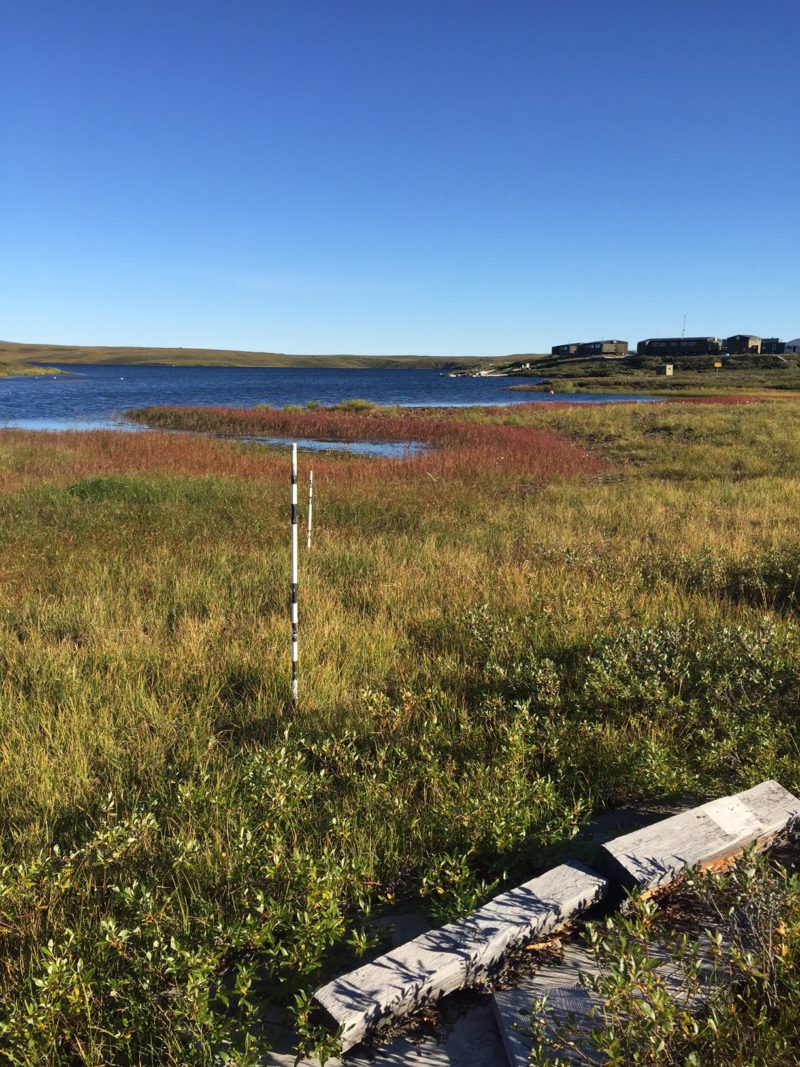
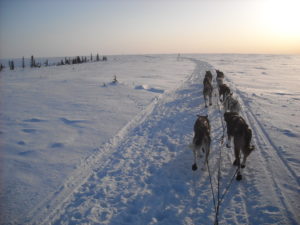
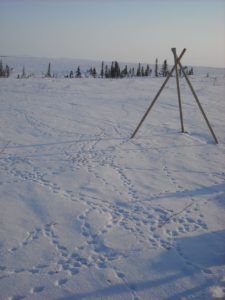
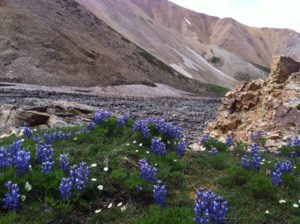
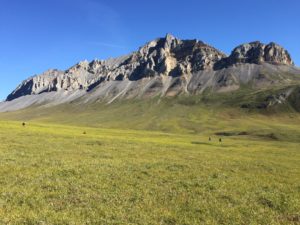
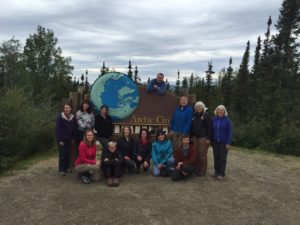
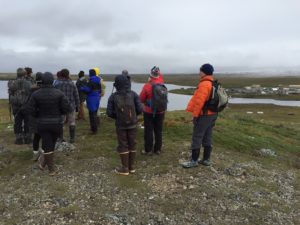
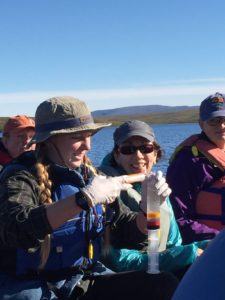
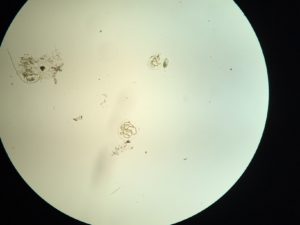

Leave A Comment